My first office didn’t have a computer on the desk.
The key piece of kit Art Director’s needed to operate in those days was a pen.
The people who were best at drawing were generally the best at Art Directing.
It probably seems like a weird coincidence now; what has drawing go to do with Art Directing?
It wasn’t the drawing.
Because they could draw they ended up in art colleges, the better they could draw the longer they got to hang around.
The longer they hung around the more they’d be forced to learn about composition, colour and proportion, the more people they’d have to listen to people wang on about underlying ideas and the hidden meanings in the compositions.
It probably sounds like hell?
But after having this stuff beaten into you it’s impossible for it not to come out in your work.
Take the photographer Andreas Feininger.
Like most great photographers he has a link to Art, his was through his dad, Lyonel, the expressionist painter.
But the biggest influence on his photos was the stuff that was beaten into him at college: Architecture.
He studied it at the Bauhaus.
Whilst there he got into photography, he got so into it that when he left he had two jobs; Architect and Photographer.
He later moved to Paris to work in Le Corbusier’s studio.
In 1939, when war broke out, he fled to New York, working for the U.S. Office of War Information.
The reason I go through all that background guff is that you can see his background in his images.
They aren’t human, they’re clinical.
He’s not trying to capture emotion or a fleeting moment, he’s documenting and organising.
Whether he shot nature, machinery or anything in between, it’s if the elements have been arranged on one of those weird architects desks.
With a sharp scalpel and ruler.
1. NATURE.
“Things under our nose invariably look good when blown up really big.”

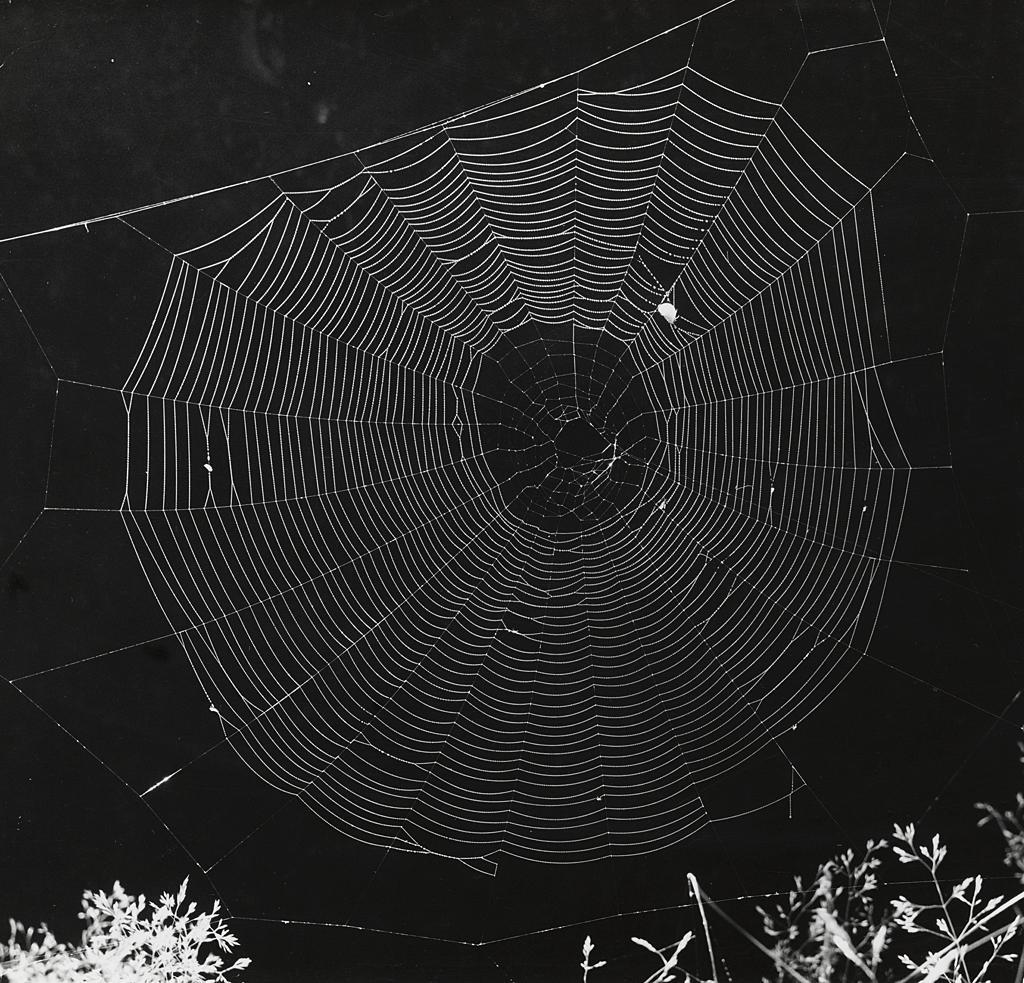


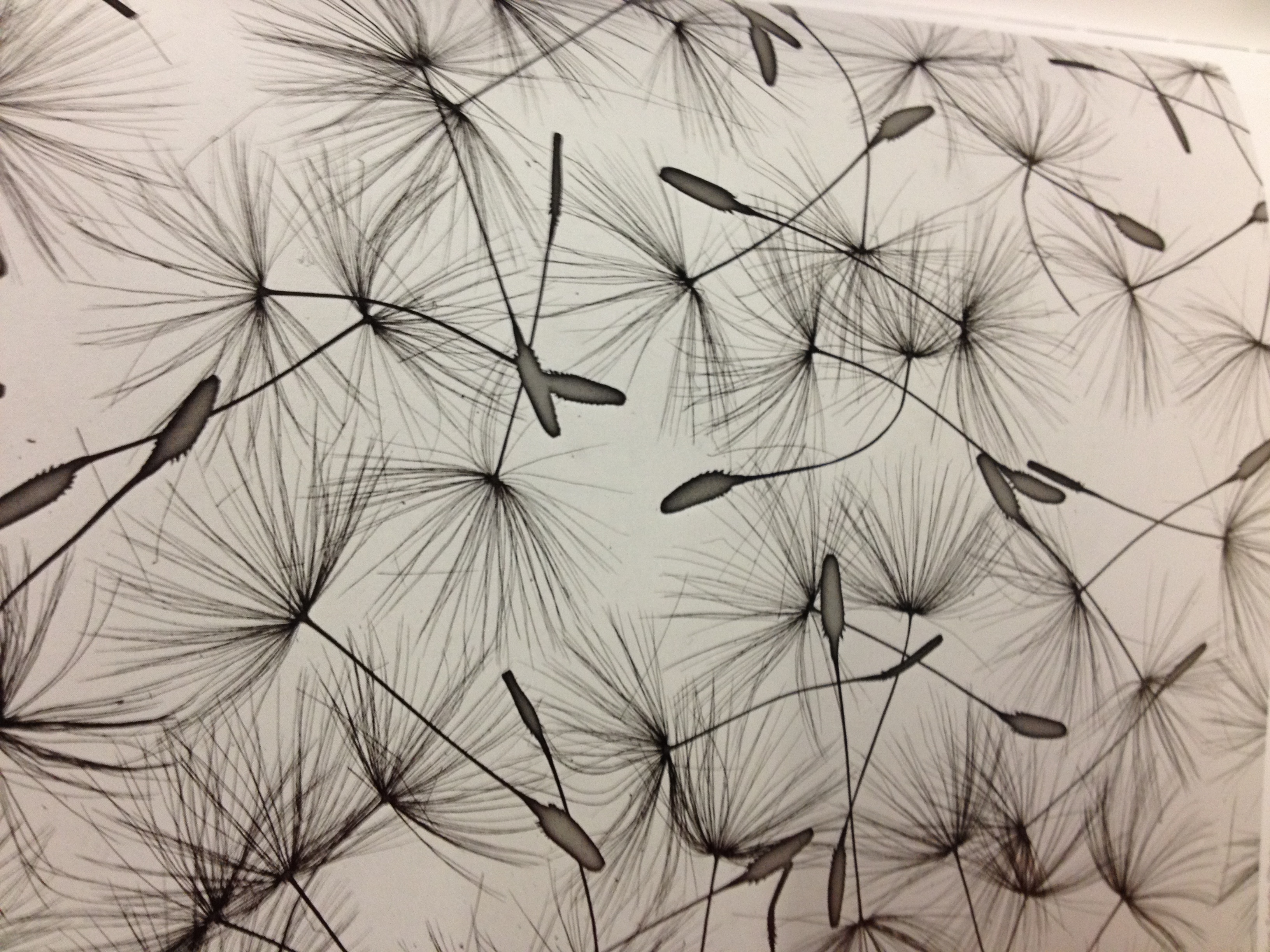





2. SIGNAGE.
“Experience has shown that the more fascinating the subject, the less observant the photographer.”






3. STREET.
“Photographers — idiots, of which there are so many — say, “Oh, if only I had a Nikon or a Leica, I could make great photographs.” That’s the dumbest thing I ever heard in my life.”

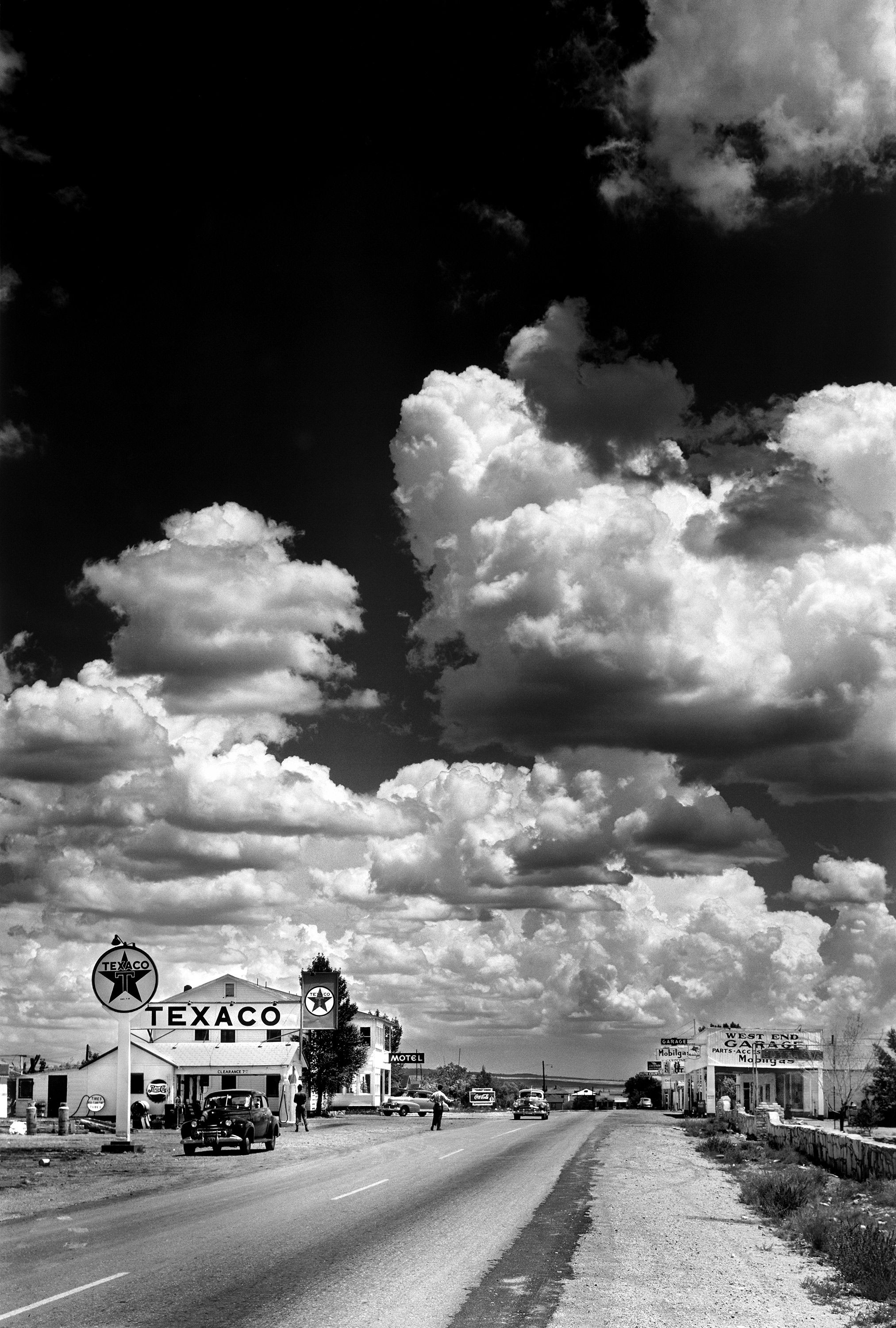




4. NEW YORK.
”This world is full of things the eye doesn’t see.
It’s nothing but a matter of seeing, and thinking, and interest.”



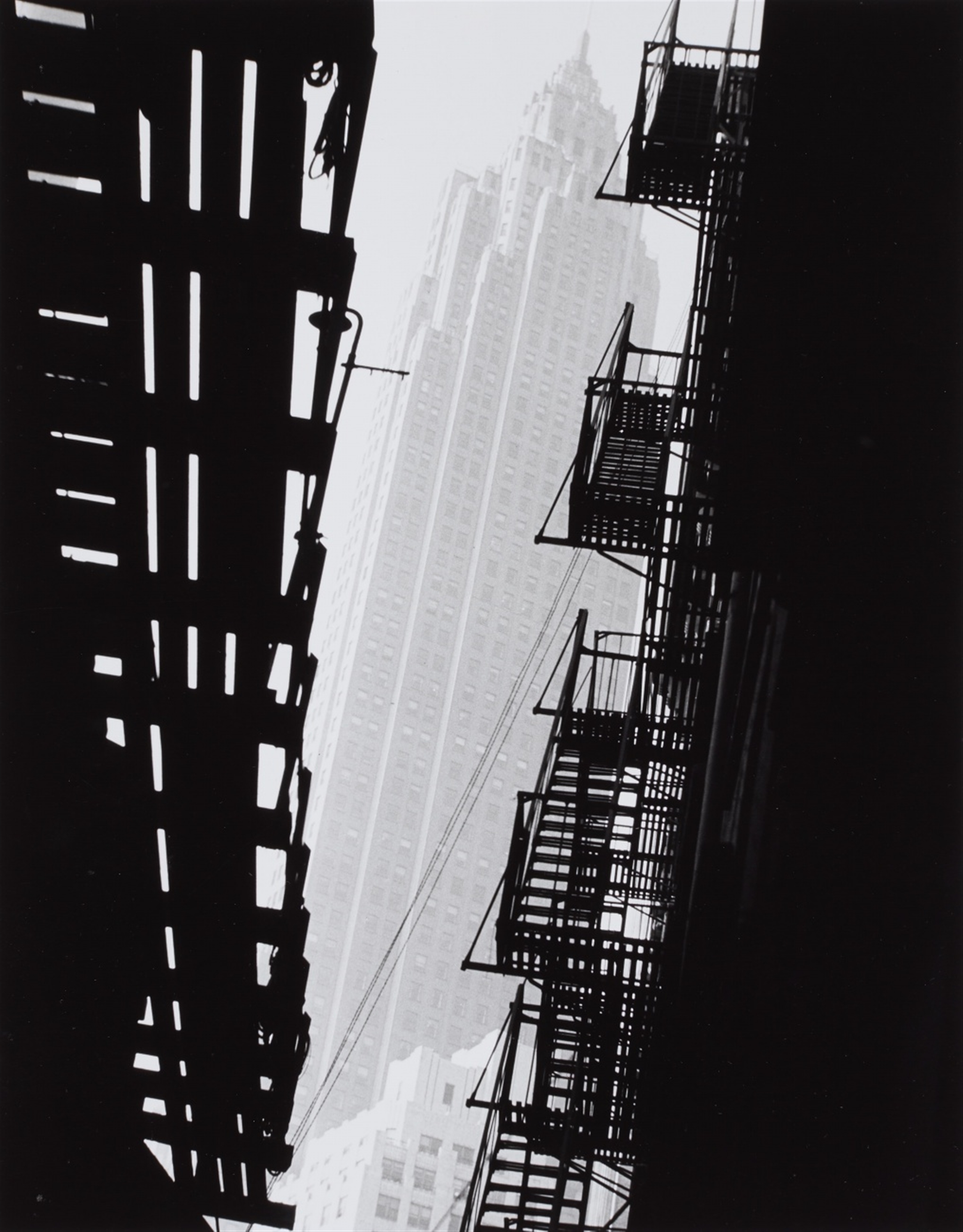


5. LANDSCAPE.
“The first impression of a new subject is not necessary the best. Seen from a different angle or under different condition it might look even better. Always study a three – dimensional subject with one eye closed.”

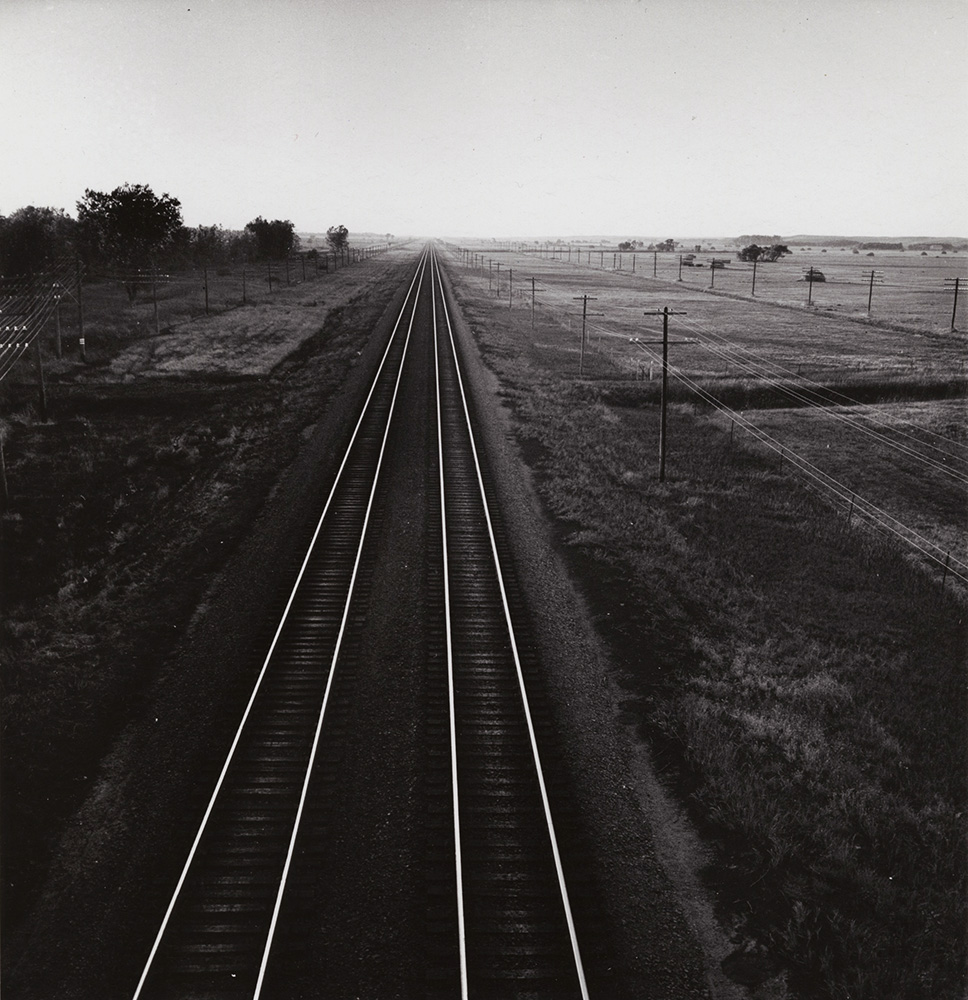


6. ARCHITECHTURE.
“Before you shoot an irresistible subject, mute all your senses except sight to find out how much is left for the camera to record.”
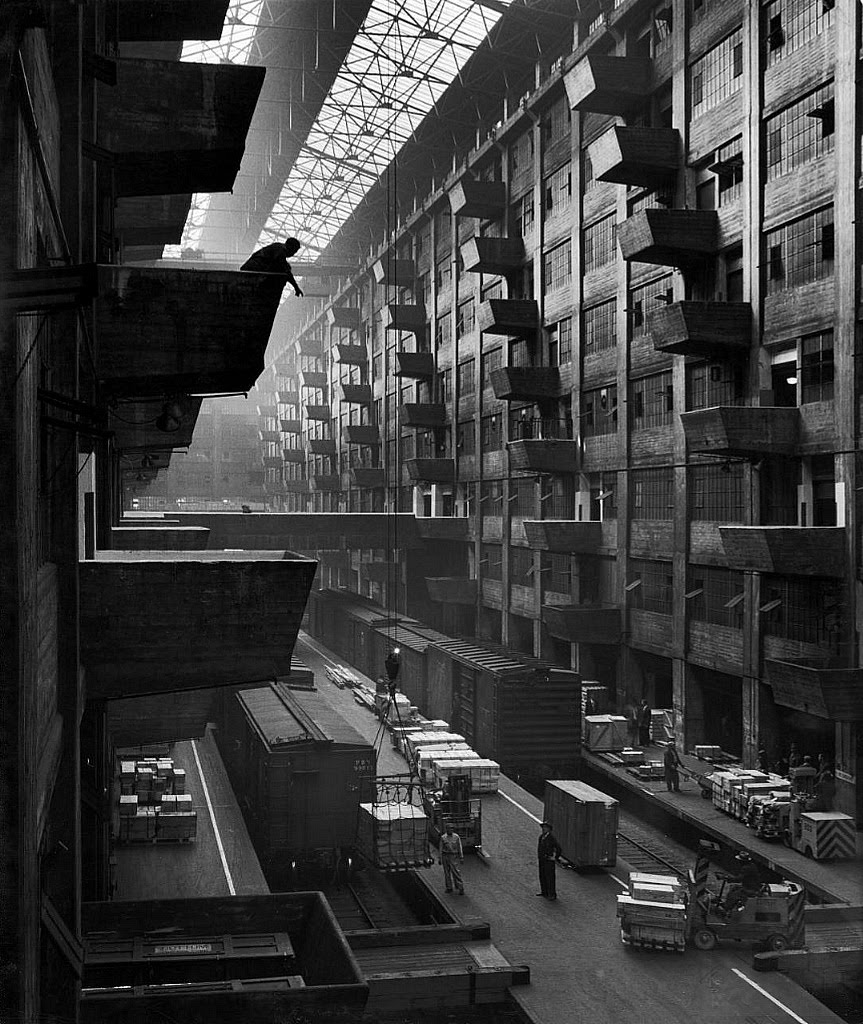




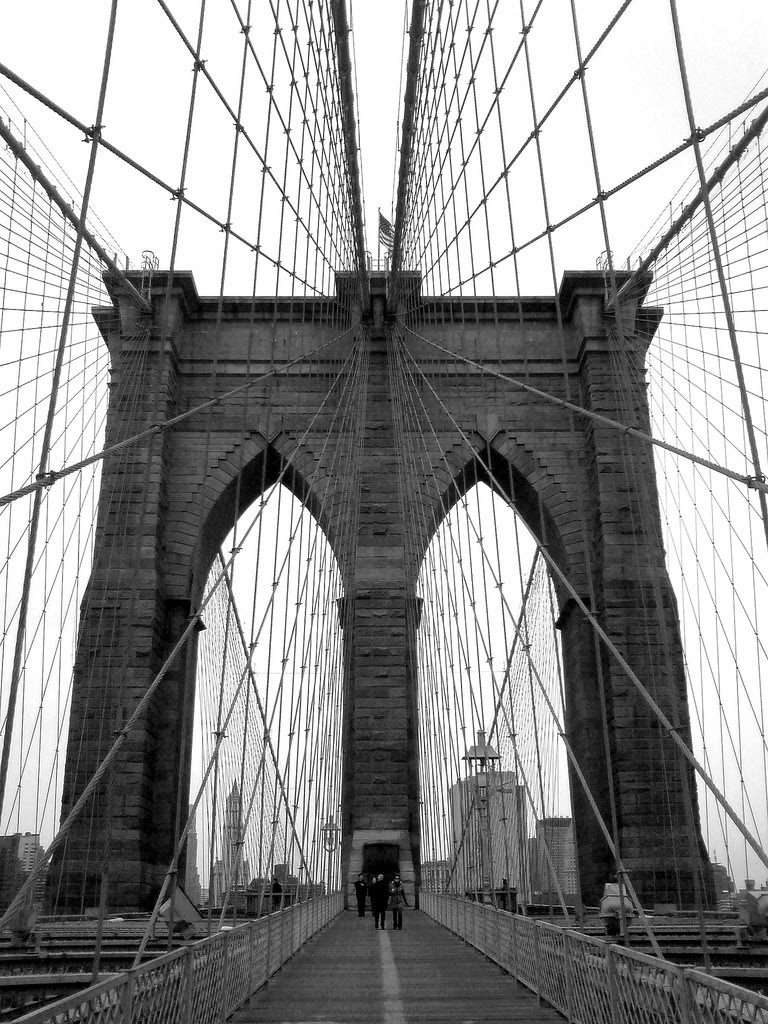



7. SCALE.
“No one can do inspired work without genuine interest in his subject.”





8. AERIAL.
“The more thoroughly a photographer explores his subject with the camera (i.e., the more pictures he makes), the more he sees and the better his chance of getting good results.”



9. SHADDOWS.
“Light is the photographic medium par excellence; it is to the photographer what words are to the writer; colour and paint to the painter; wood, metal, stone, or clay to the sculptor.”

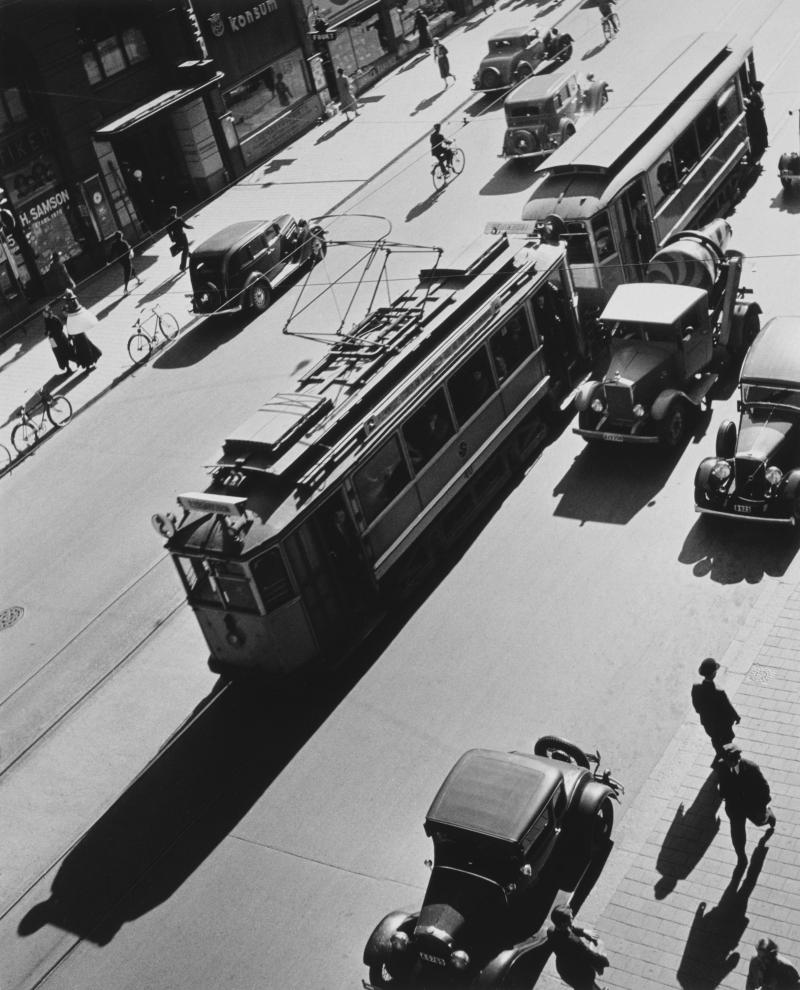



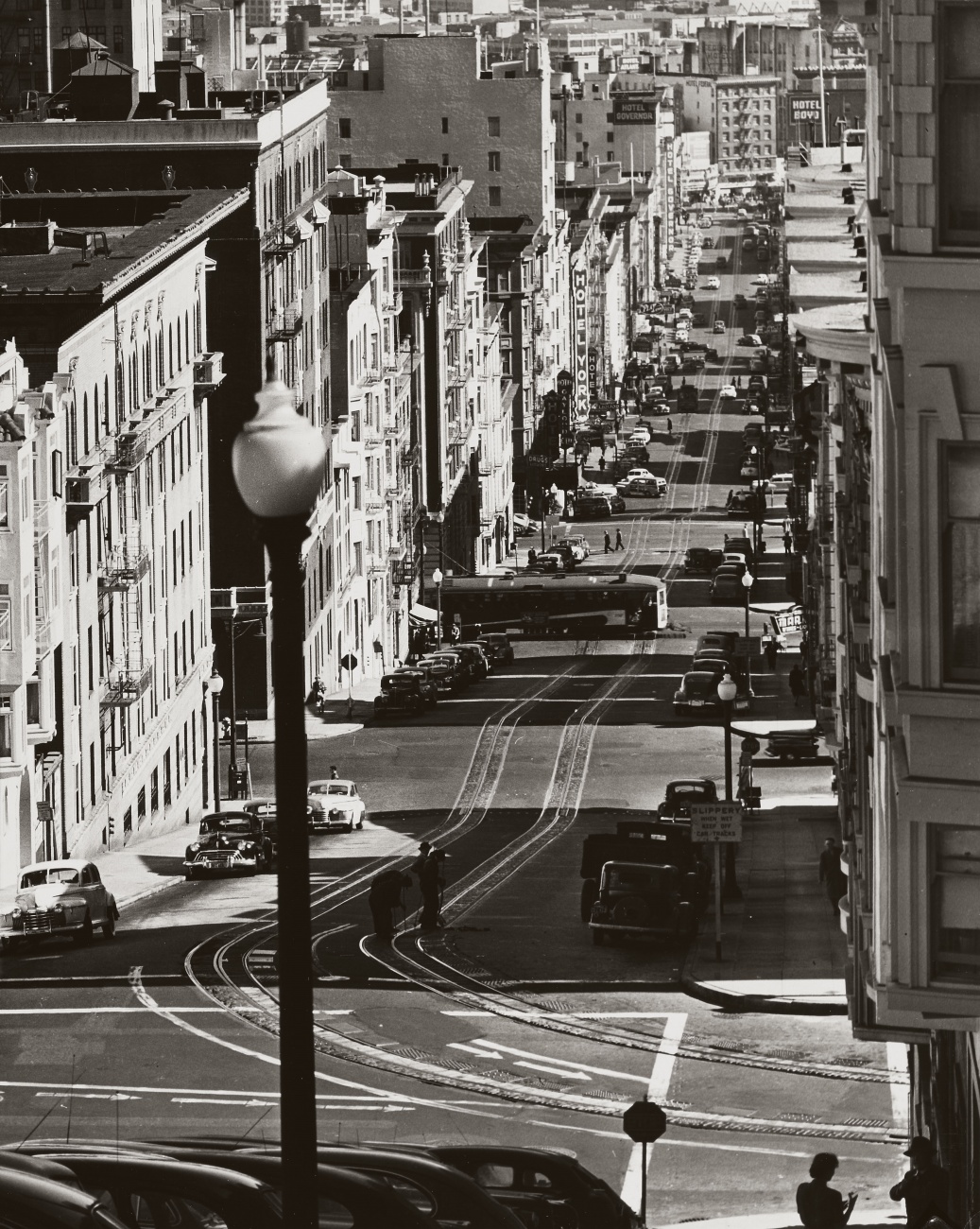

10. TRAINS.
“As an amateur you have an advantage over photographers – you can do as you wish… This should make amateurs the happiest of photographers.”




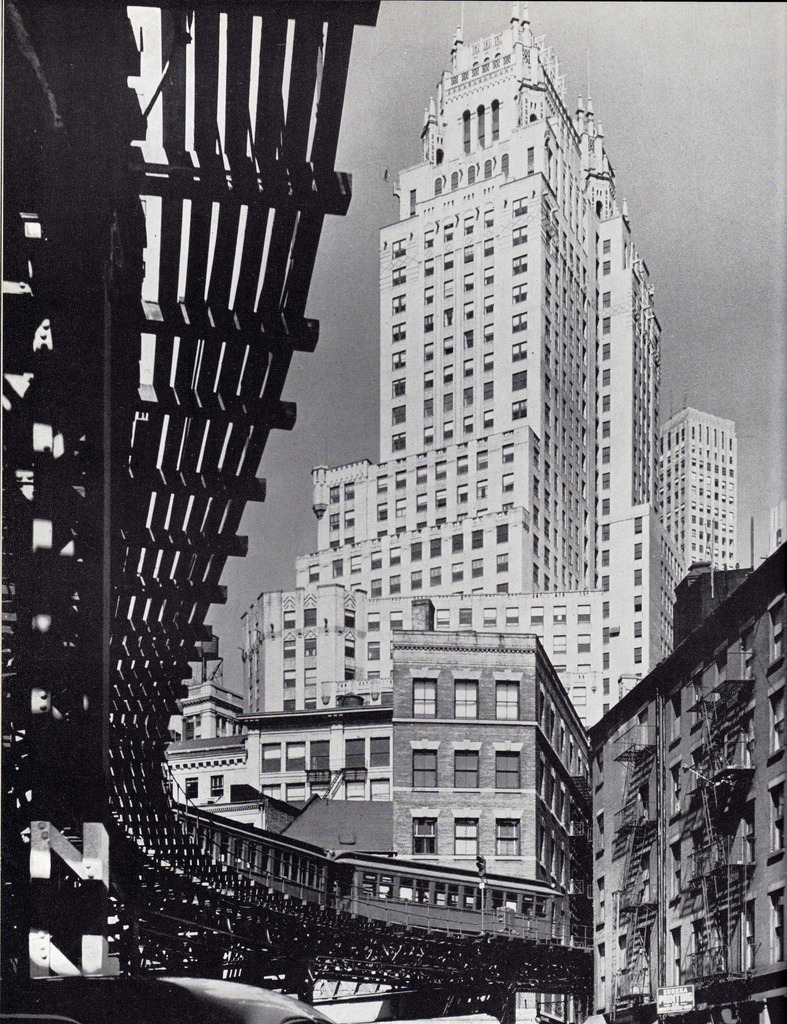
11. TECHNICAL.
“Every successful photograph, except for lucky shots, begins with an idea and a plan. The more precisely a photographer knows what it is he wishes to do, the better the chances are that he will do it.”
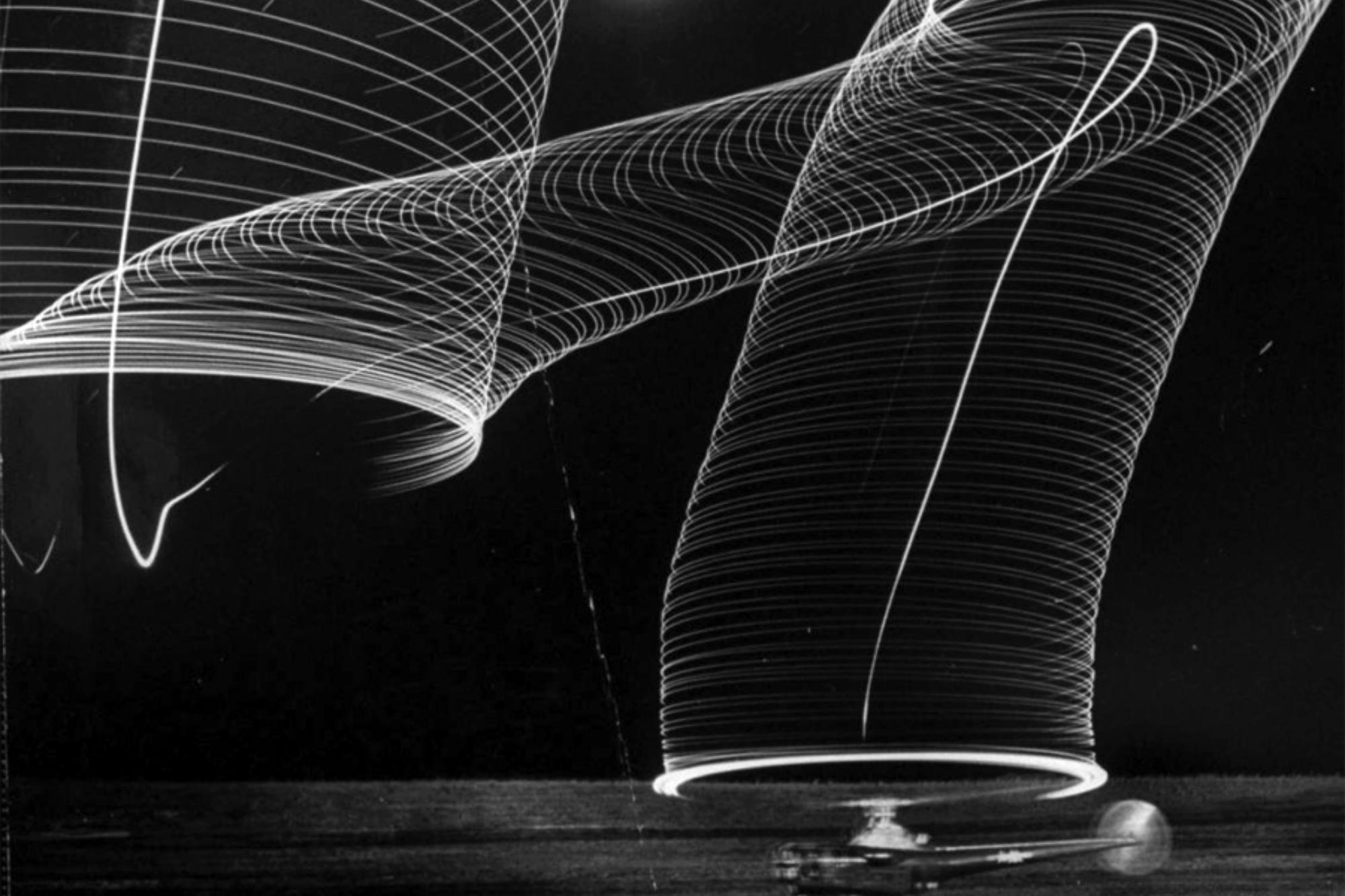


12. PEOPLE LOOKING THROUGH THINGS.
“A technically perfect photograph can be the world’s most boring picture.”


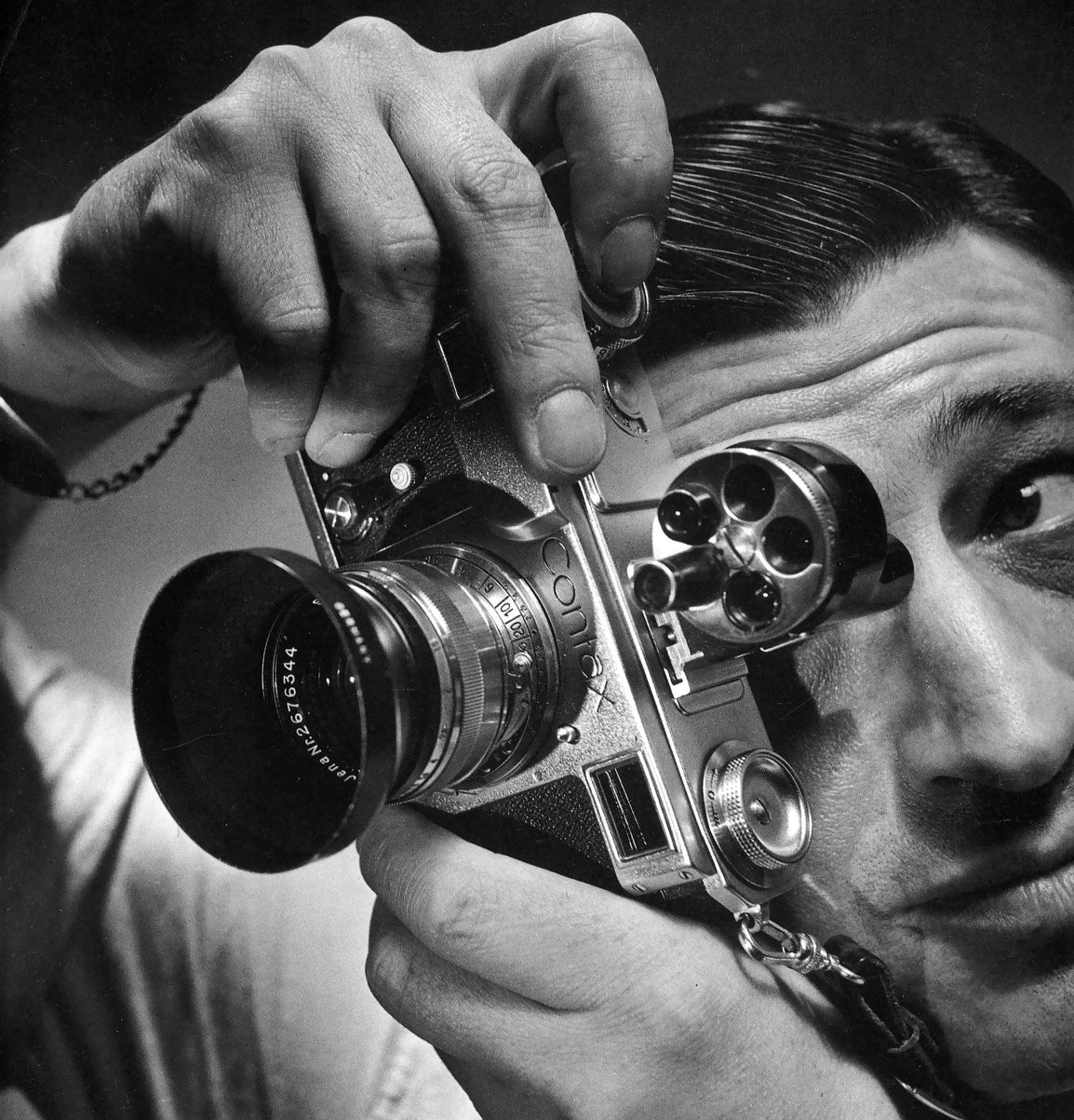

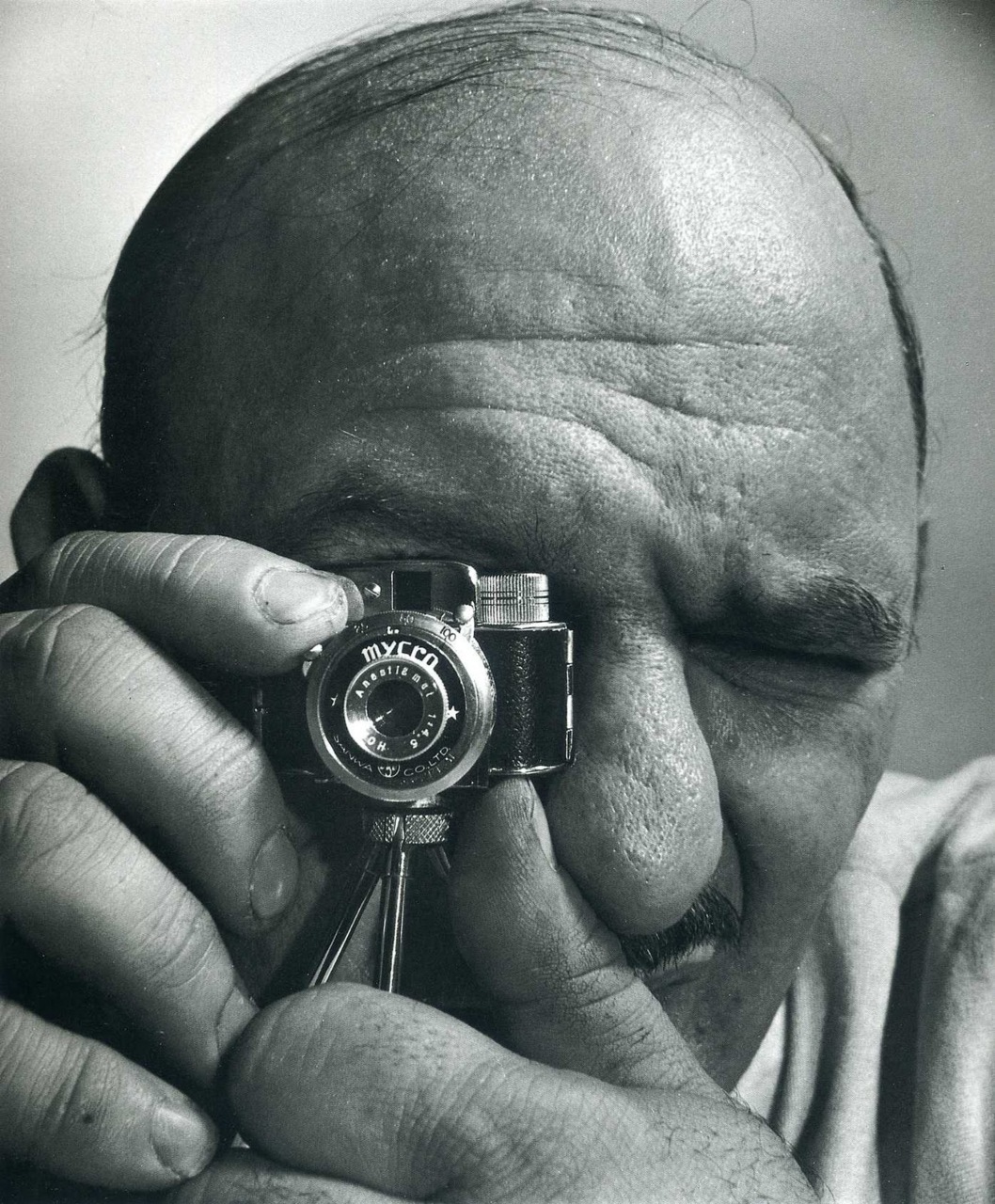

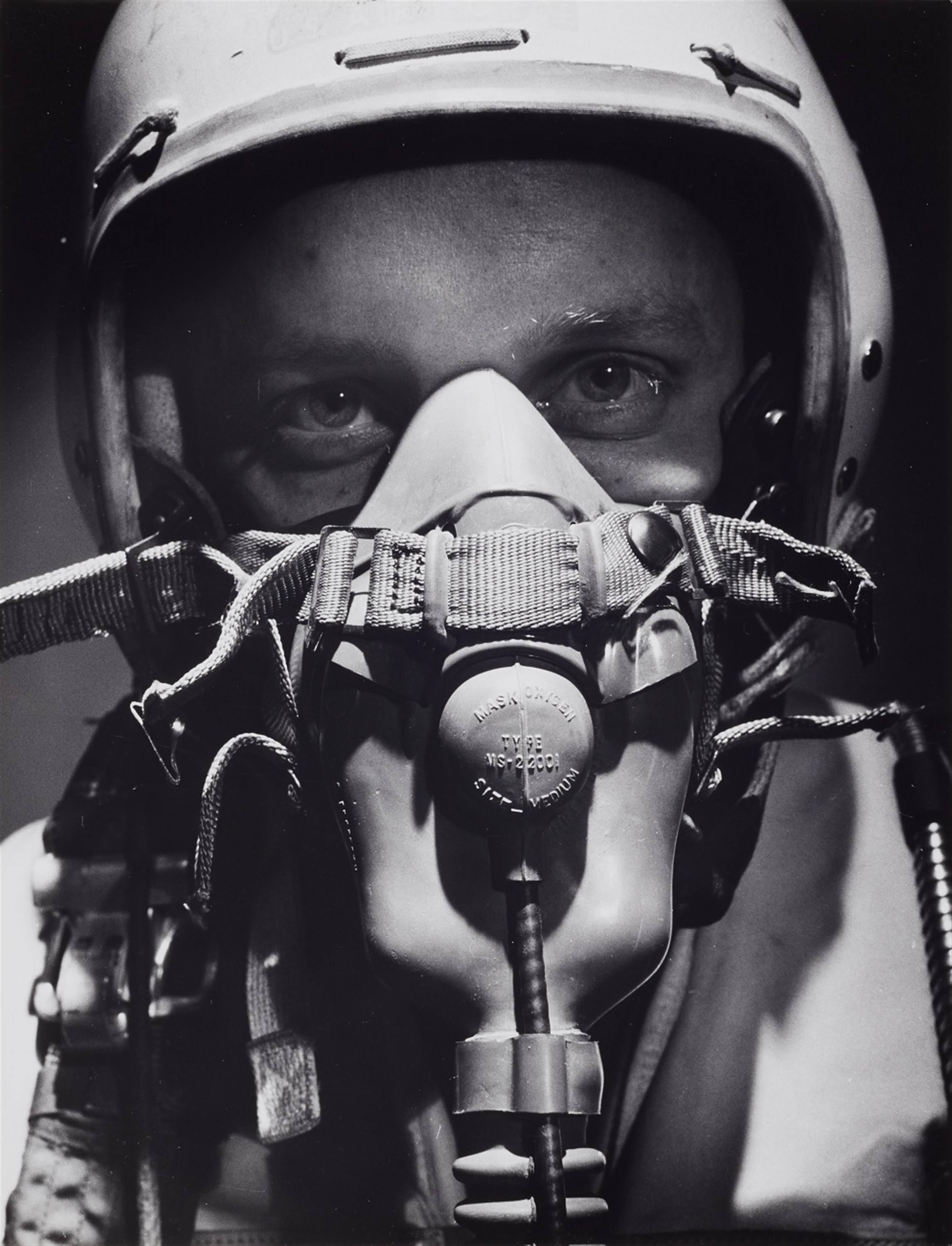


13. PEOPLE LOOKING AT THINGS.
“No one can do inspired work without genuine interest in his subject and understanding of its characteristics.”





14. COLOUR.
“What matters is not what you photograph, but why and how you photograph it. Even the most controversial subject, if depicted by a sensitive photographer with honesty, sympathy, and understanding, can be transformed into an emotionally rewarding experience.”



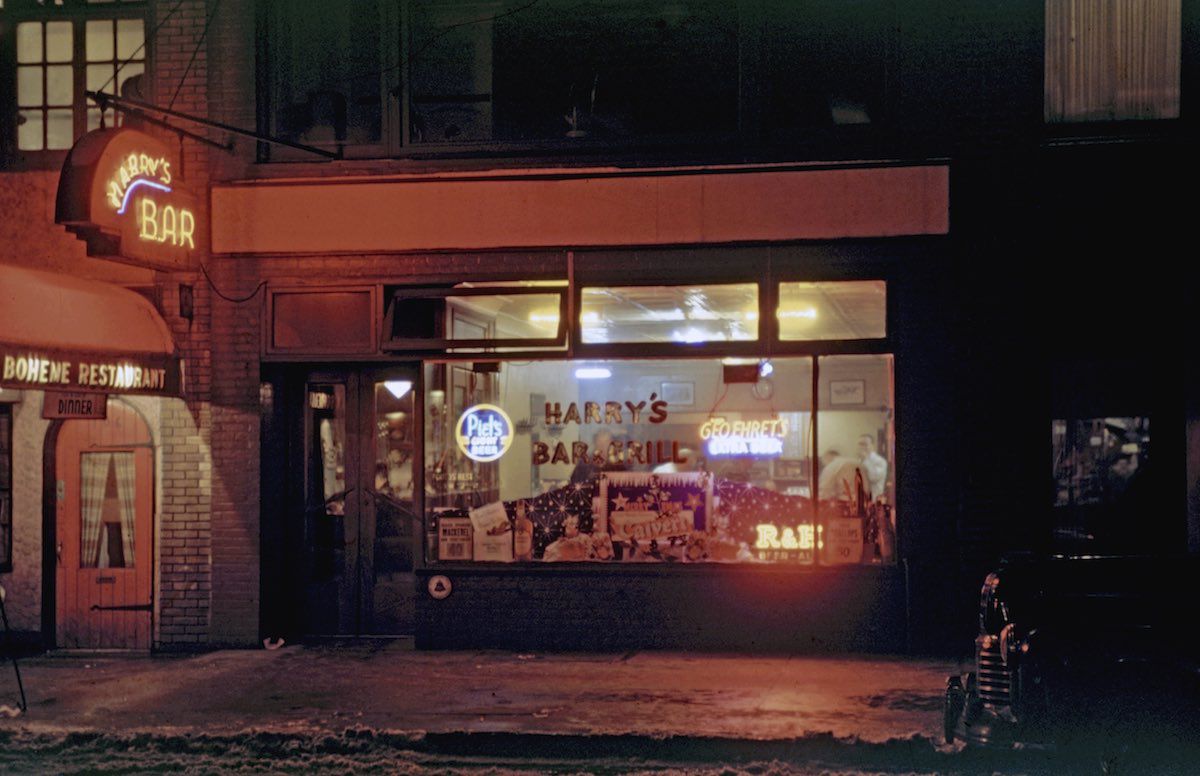
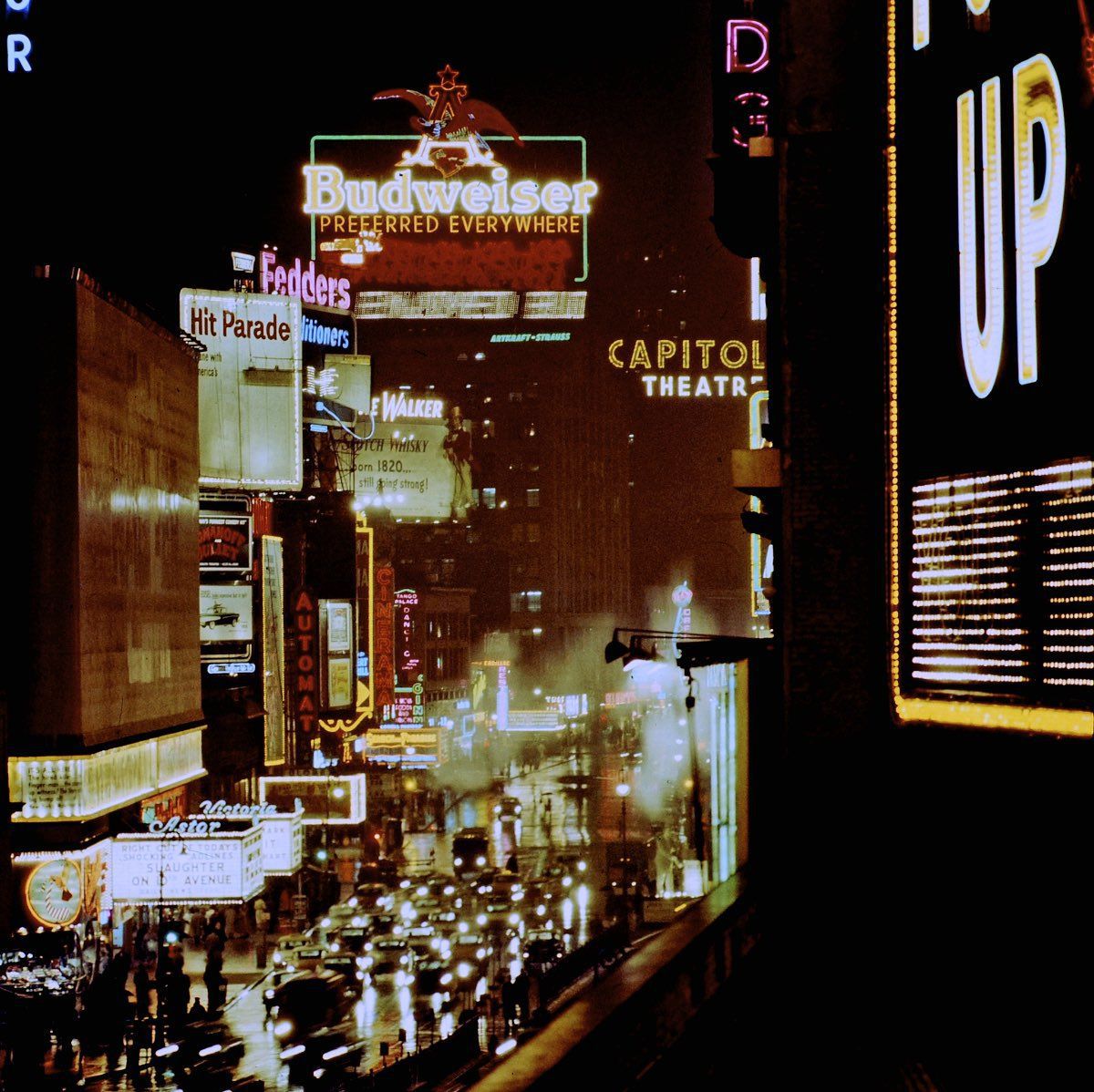
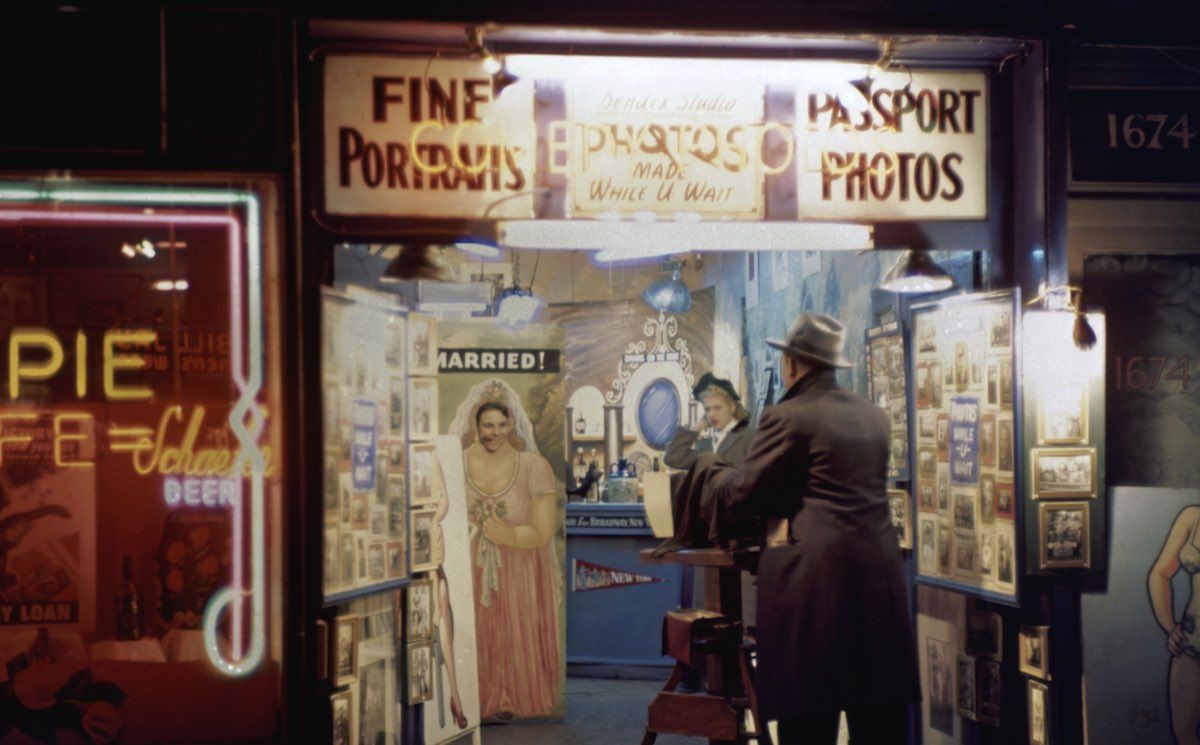

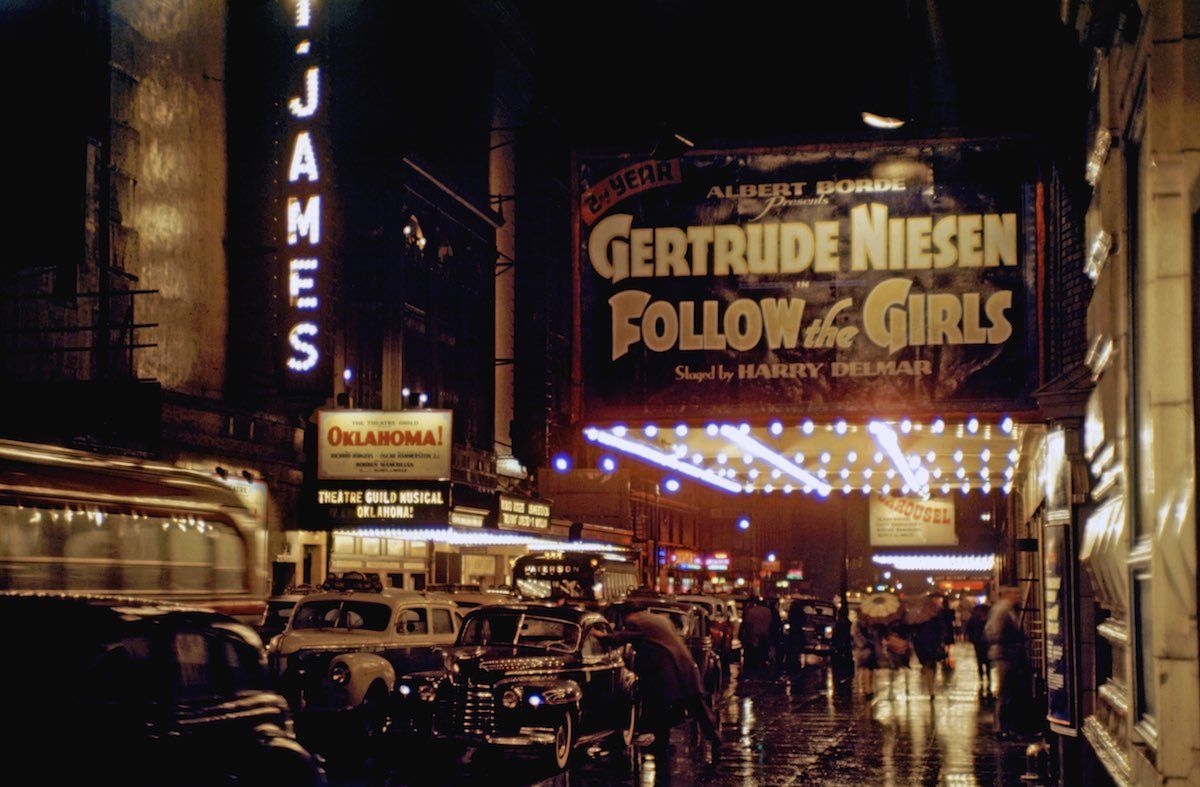

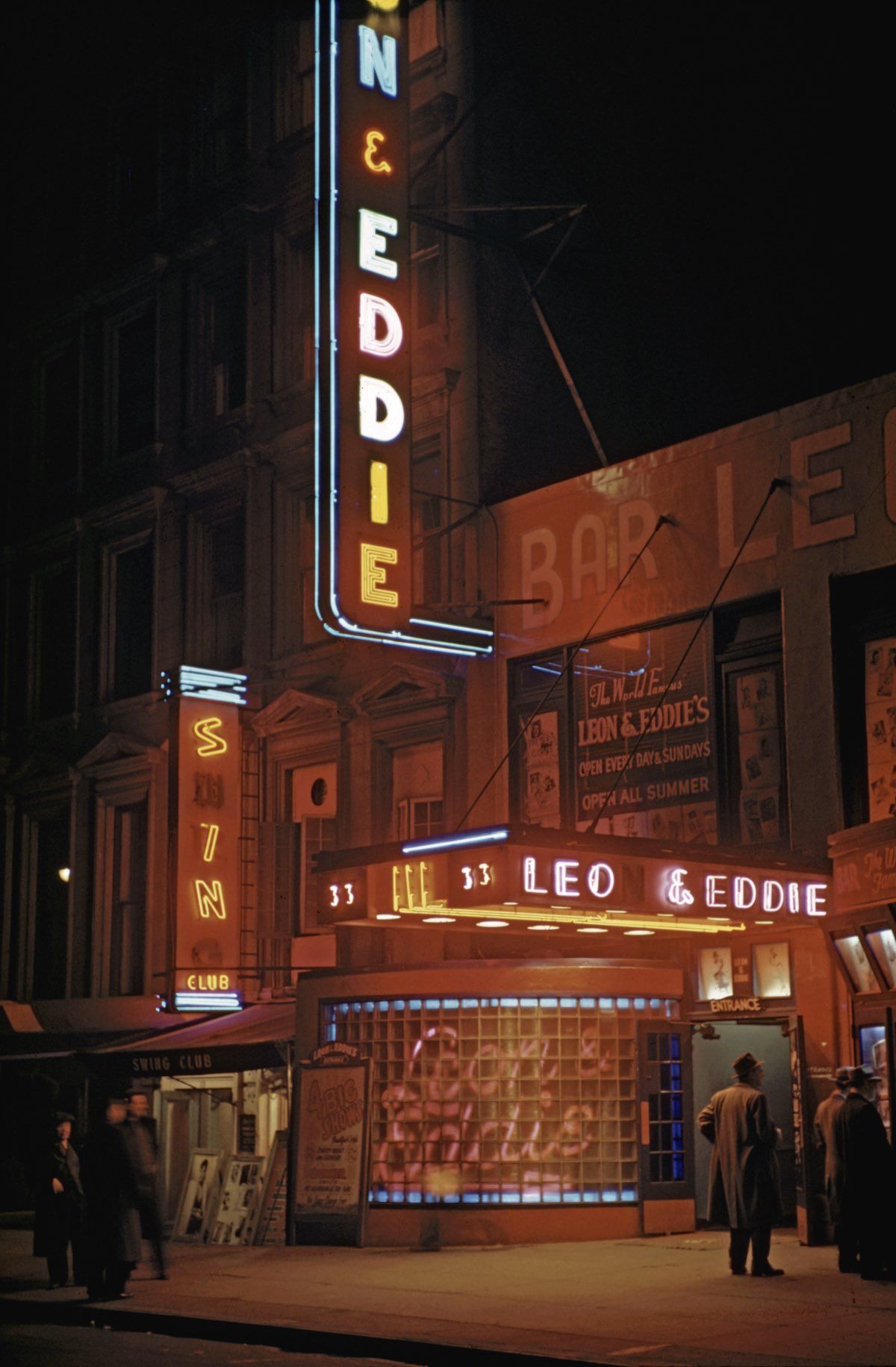


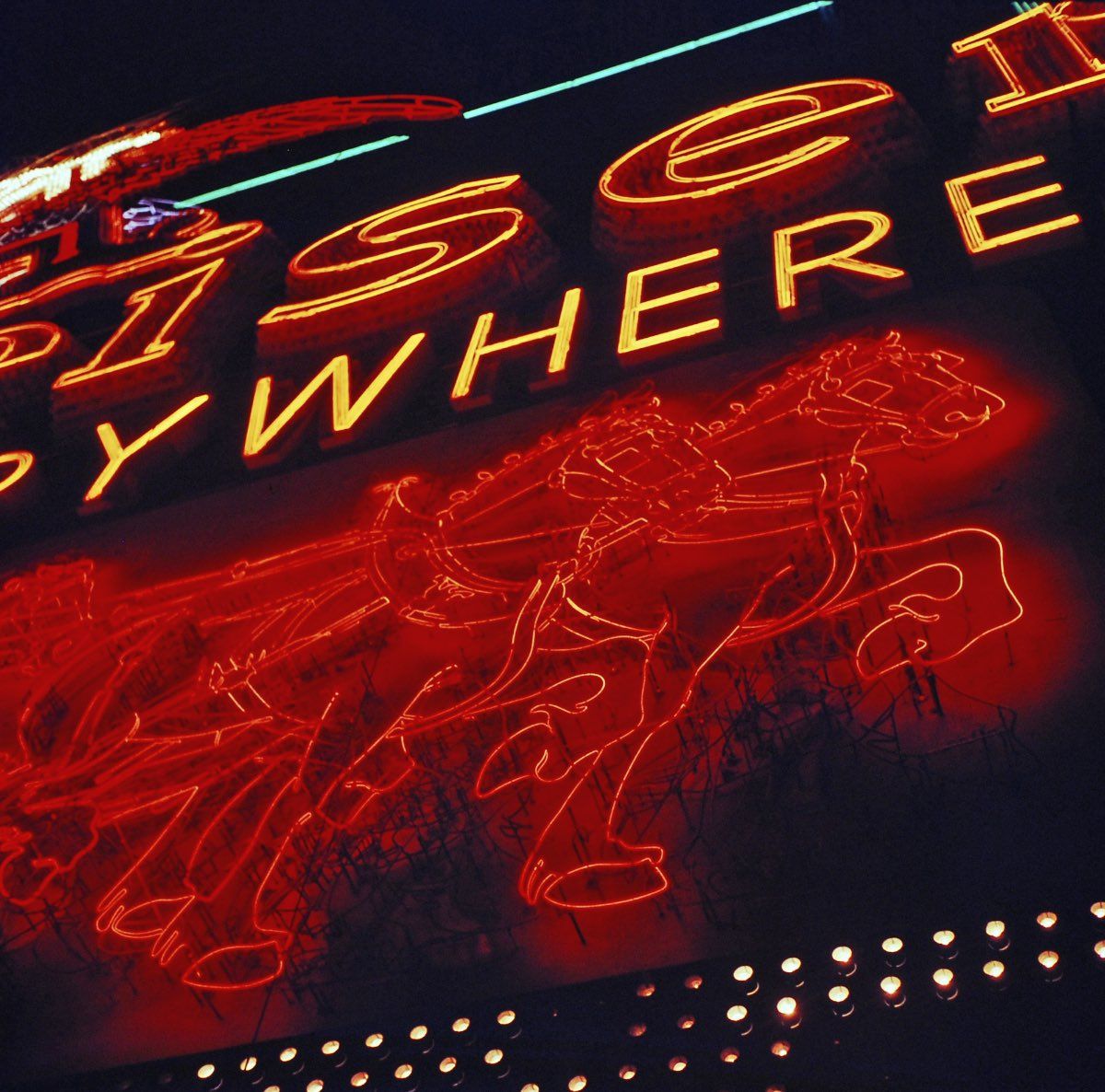

N.B. Here’s a great documentary about Feininger.
Loving these Dave. Please keep them coming 🙂
Thanks again Dave
Another great one Dave, cheers.
New York from a different angle. Bass meets Feininger inspiration?
Yeas & probably John. Dx
Love this, thank you for sharing DD. I notice a Kertesz work has snuck into the Street section somehow. It fits rather well, I have to say 🙂